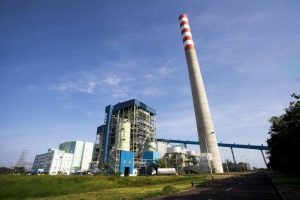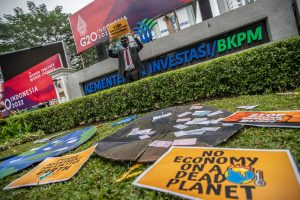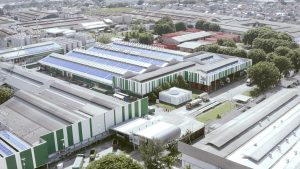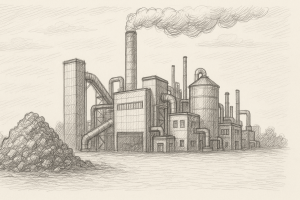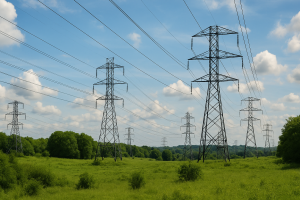Jakarta—UNDP, the UN’s international development agency, says that seagrass and peatland ecosystems are often overlooked natural solutions to combating the impacts of climate change, from extreme weather to rising sea levels to disrupted food security.
UNDP Indonesia Representative Norimasa Shimomura, at the launch of the ASEAN Blue Carbon and Finance Profiling (ABCF) Project held in Jakarta on Wednesday, 21 May, said that seagrasses and peatlands are among the most effective and affordable nature-based solutions to mitigate climate change.
According to the latest data, Southeast Asia holds about 33 per cent of the world’s seagrass meadows and nearly 40 per cent of identified tropical peatlands, which represent about 6 per cent of global peatland reserves. Shimomura said these ecosystems store large amounts of carbon, which use is currently still not optimal due to technical, financing and policy gaps.
Peatlands are found in Indonesia in Sumatra, Kalimantan, and Papua. One metre of wet peatland can store 2-3 times more carbon than a typical tropical forest. If kept wet and intact, this carbon can be locked away for thousands of years.
But when peat is drained or burned, as is often the case for agricultural or plantation purposes, carbon in the form of CO₂ and methane is released in large quantities into the atmosphere, a major contributor to global warming.
Meanwhile, seagrass meadows – often likened to seaweed despite being biologically different – absorb carbon dioxide from the atmosphere and lock it into their roots and marine sediments. They also prevent erosion of sand and mud, keeping carbon trapped in shallow water systems.
Shimomura pointed out that seagrass meadows are part of the blue carbon ecosystem. He said their role is crucial for the climate, coastal ecosystems, and fishermen’s economies.
Blue Economy: A middle ground between ecology and economy
UNDP, ASEAN, and the Government of Japan initiated the ABCF Project as a concrete form of blue economy development—a development concept that utilises the ocean’s potential in a sustainable manner. The project aims to link marine carbon measurement (blue carbon), policy development, and climate-friendly financing schemes.
The Japanese Ambassador to ASEAN, Kiya Masahiko, who was also present at the project’s inauguration, said that ABCF is a form of regional commitment to protect the ocean while building a resilient economy. He said the project reflects the Japanese government’s deep commitment to climate resilience, ecosystem protection and regional collaboration. He invites ASEAN to build a common platform to measure blue carbon and access finance to support climate action.
Regional and scientific collaboration
Over 100 stakeholders from ASEAN member states, Timor-Leste, and dialogue partners such as Japan attended the forum. Representatives from academic institutions such as Gadjah Mada University, international organisations such as the Economic Research Institute for ASEAN and East Asia (ERIA), development partners, and the media also attended.
With a cross-sectoral approach and collaboration between countries, ABCF is expected to bridge the financing and policy gaps that have hindered seagrass and peatland protection.
Erratic rainfall patterns, extreme daily temperatures and increasingly frequent tidal flooding prove climate change is not a future threat, but an ongoing reality. Amidst these conditions, nature-based solutions such as seagrass meadows and peatlands are not only important, but urgent to protect and manage sustainably. (Hartatik)
Banner photo: shutterstock





